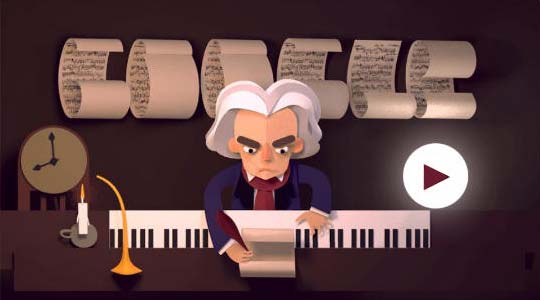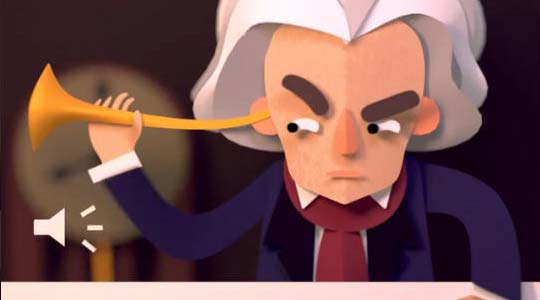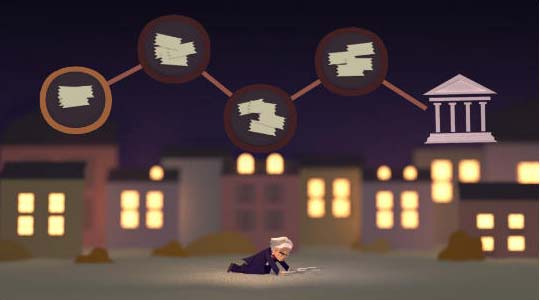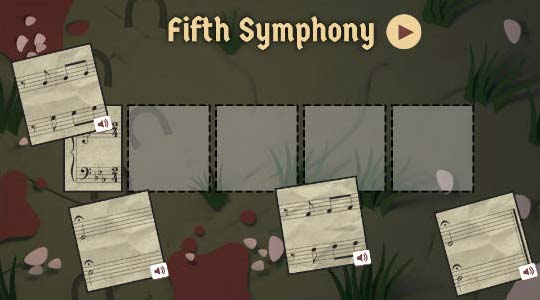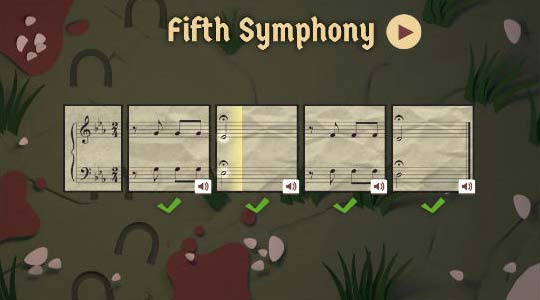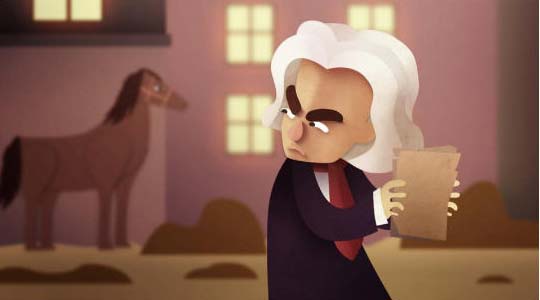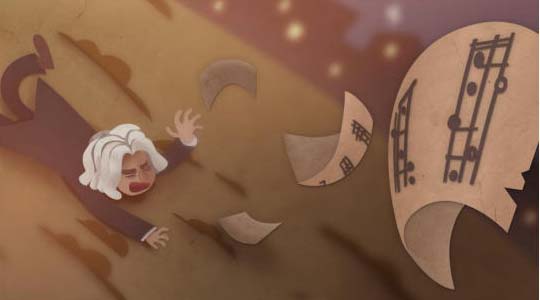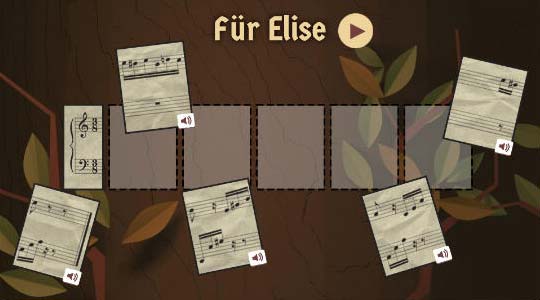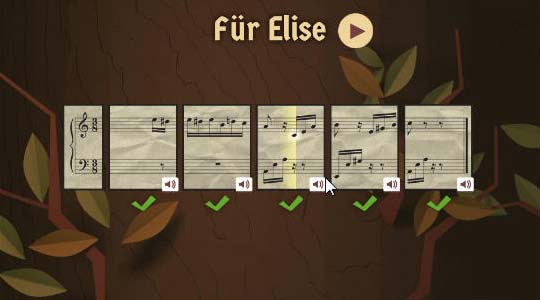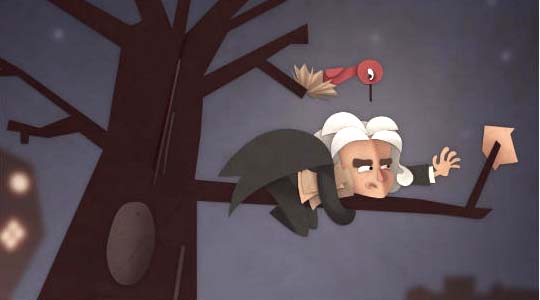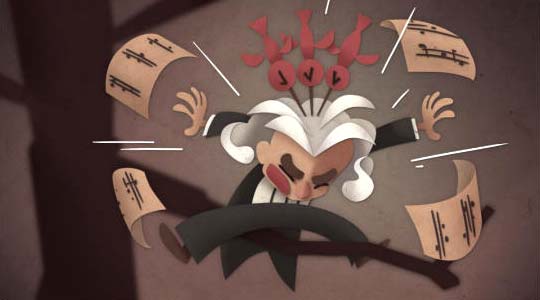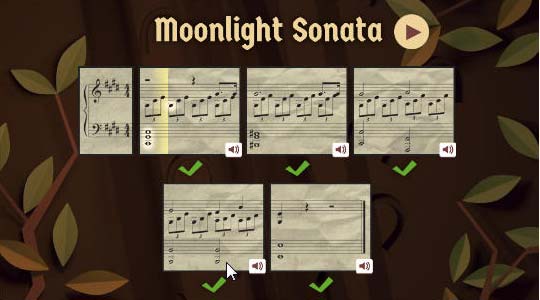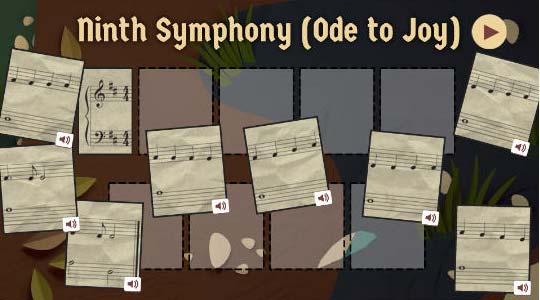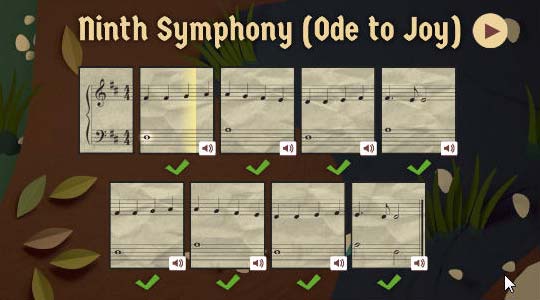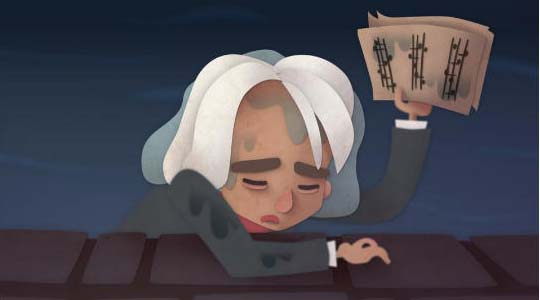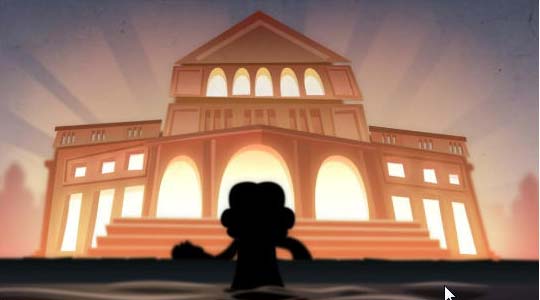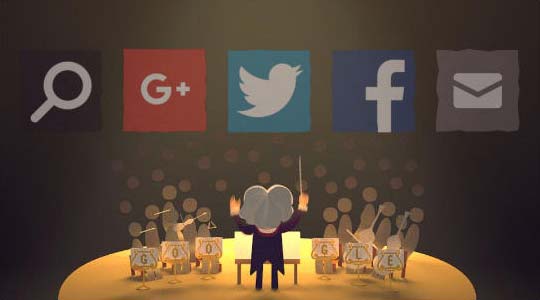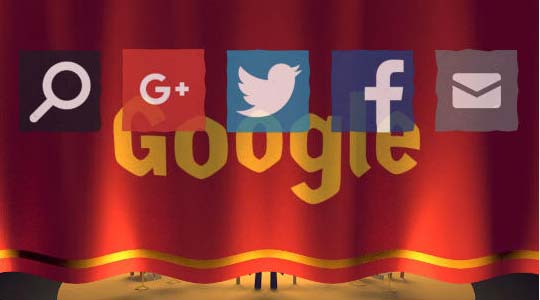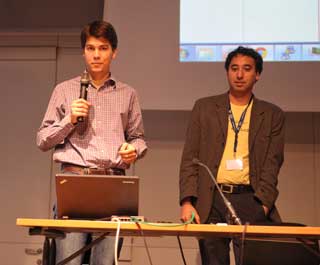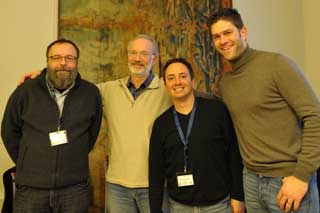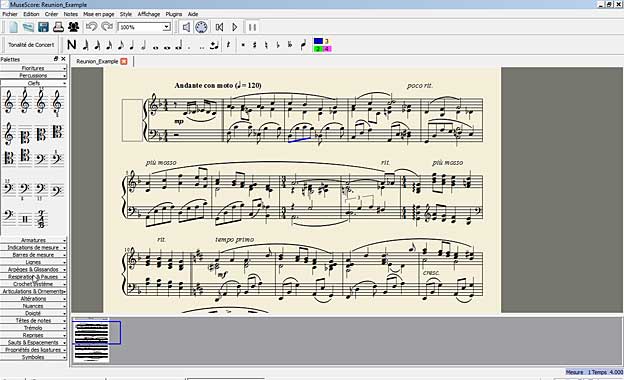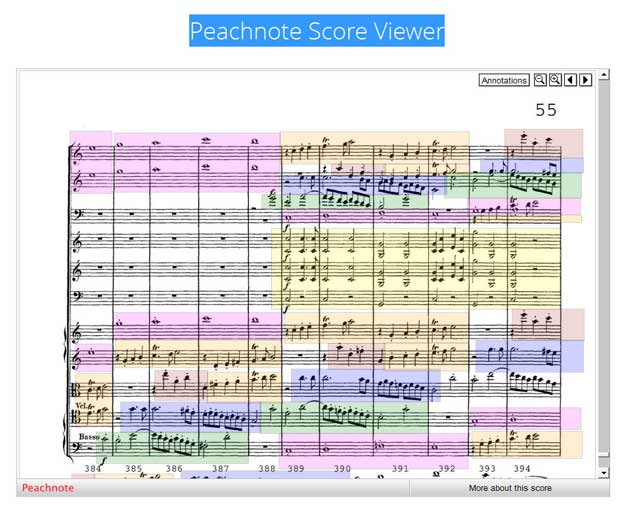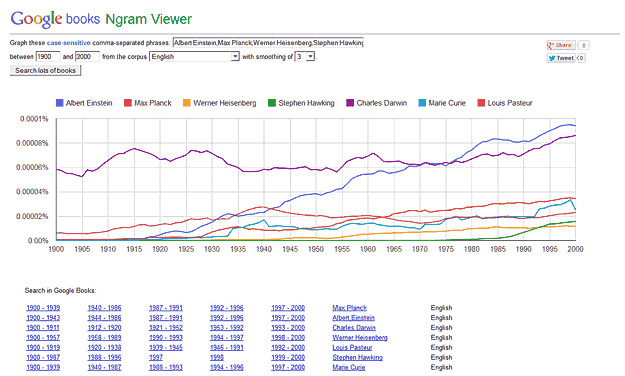A renowned online music service is iTunes, based on SoundJam MP and launched by Apple in 2001. Jeff Robbin and Bill Kincaid developed SoundJam MP in 1998 with assistance from Dave Heller. They chose Casady & Greene to publish SoundJam MP. Jeff Robbin is now the vice president of consumer applications at Apple Inc and he remains the lead software designer for iTunes.
Other online music services are less known, among them Last.fm, Deezer and Spotify.
Last.fm is a music website, founded in the United Kingdom in 2002, acquired by CBS Interactive in May 2007. Using a music recommender system called Audioscrobbler, Last.fm builds a detailed profile of each user’s musical taste by recording details of the songs the user listens to. Audioscrobbler began as a computer science project of Richard Jones. Last.fm was founded in 2002 by Felix Miller, Martin Stiksel, Michael Breidenbruecker and Thomas Willomitzer as an internet radio station and music community site. Last.fm won the Europrix 2002 and was nominated for the Prix Ars Electronica in 2003. Last.fm and Audioscrobbler were merged in 2005 and are still active today. A new desktop player was released on January 15, 2013.
Deezer is a French web-based music streaming service. It allows users to listen to music on various devices. It currently has more than 20 million licensed tracks and over 30,000 radio channels. The first version of Deezer, called Blogmusik, has been developed by Daniel Marhely in Paris in 2006. The company became succesful in 2010 when they entered a partnership with Orange. Deezer has three account types : discovery (free), premium and premium-plus. Deezer was launched in Luxembourg in March 2012 in partnership with Tango.
Spotify is a commercial music streaming service providing DRM-protected content from a range of major and independent record labels, including Sony, EMI, Warner Music Group and Universal. The service was launched in October 2008 by Swedish startup Spotify AB. The company was founded by Daniel Ek and Martin Lorentzon. Since November 2012 the service is also available in Luxembourg.
The system is currently accessible using Microsoft Windows, Mac OS X, Linux, iOS, Android, BlackBerry, Windows Mobile, Windows Phone, S60 (Symbian), Sonos, and other devices. Music can be browsed by artist, album, record label, genre, playlist, radio channels, as well as by direct searches. About 20 million songs are available since December 2012. Some artists are missing because of licensing restrictions imposed by the record labels or by the artists. The Beatles, for example, are not available because of a digital distribution agreement that is exclusive to iTunes.
Three subscriptions, with trials, are available : open, unlimited, premium. A free service is only available upon invitation. Spotify operates under a so-called ‘Freemium’ model, which is offering simple and basic services free for the user to try and more advanced or additional features at a premium price based ont the Open Music Model (OMM). The incorporation of DRM diverges however from the OMM.
In 2011 Spotify was announced as a technology pioneer by the World Economic Forum (WEF).
